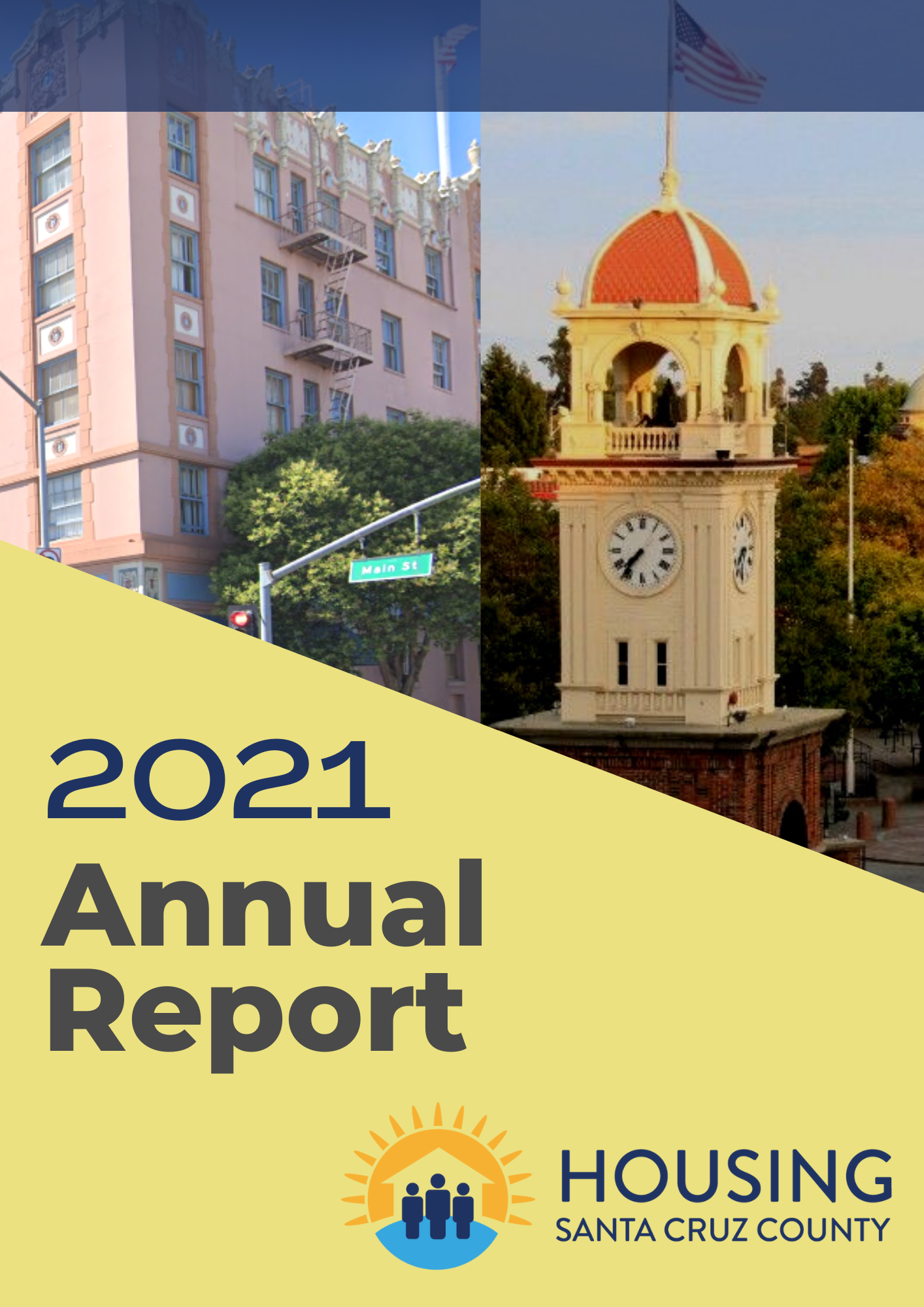Santa Cruz County Remains Top Rental Market for Third Consecutive Year
Santa Cruz County has once again been named the most expensive rental market in the United States, according to a recent report. This marks the third year in a row that the region has held this unenviable title. The findings highlight a growing crisis in housing affordability that continues to impact residents across the county.
Elaine Johnson, executive director of Housing Santa Cruz County, expressed her disappointment at the news. While she was not surprised by the ranking, she emphasized the urgency of addressing the issue. “This is a No. 1 we don’t want to be,” said Johnson. “This is an all-hands-on-deck kind of time for everyone involved.”
According to the report, a renter in Santa Cruz County would need to earn $81.21 per hour to afford a two-bedroom unit at fair market value. This translates to approximately $4,223 per month. In comparison, California’s minimum wage is $16.50, meaning a local worker earning this rate would need to work nearly five full-time jobs to afford housing in the area.
The report also revealed that Santa Cruz County outpaced its neighbors, with Santa Clara County coming in second at $66.27 per hour and the San Francisco metropolitan area taking third place at $63.81. These figures underscore the stark disparity in housing costs across different regions.
Understanding the Housing Wage
A key metric used in the report is the “housing wage,” which calculates the hourly wage needed for a full-time worker to afford a rental home without spending more than 30% of their income on housing. This threshold is considered the standard for affordability in many housing policies.
In Santa Cruz County, the average hourly renter wage is $22.13, which means a worker would need to hold 3.7 full-time jobs to cover the cost of a two-bedroom rental. Over the past few years, the county has seen a significant increase in the required housing wage, reaching $77.96 in 2024 and $63.33 in 2023.
Despite these challenges, there have been efforts to build more housing across the region. Johnson acknowledged the progress being made, particularly in downtown Santa Cruz, Capitola, and unincorporated areas. However, she stressed that wages must also keep pace with rising housing costs to make a meaningful difference.
Impact on Local Residents
The soaring cost of living has had a noticeable effect on the county’s population. Recent workforce reports indicate a decline in residents, especially among families and seniors who rely on fixed incomes. Many are struggling to keep up with both rent and other essential expenses.
The situation is not unique to Santa Cruz. Of the top 10 most expensive rental markets in the U.S., only Boston-Cambridge-Quincy and New York were outside of California. This highlights the broader trend of high housing costs in the state, where the average housing wage is $49.61—equivalent to three full-time jobs or 120 hours of work per week.
Statewide Housing Goals
As part of ongoing efforts to address the housing crisis, Santa Cruz County and its four cities have committed to constructing nearly 13,000 housing units by 2032. This represents a significant increase from previous goals, as jurisdictions struggled to meet targets in the last eight-year cycle.
Johnson emphasized the importance of collaboration among various stakeholders, including employees, employers, developers, and local leaders. “We have to invest in this community and that’s the people,” she said. “We just have to.”
Housing Wage Rankings
Here are the latest rankings based on the housing wage:
- No. 1: Santa Cruz-Watsonville metropolitan area — $81.21
- No. 2: San Jose-Sunnyvale-Santa Clara metropolitan area — $66.27
- No. 3: San Francisco HMFA — $63.81
These numbers reflect the ongoing challenge of making housing affordable for residents in one of the nation’s most expensive rental markets.







